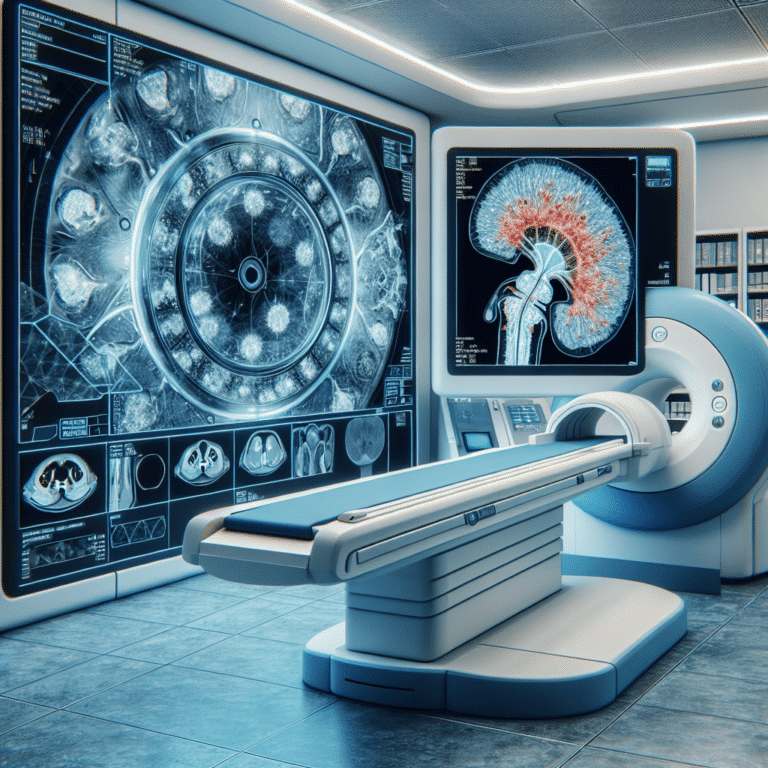Summary
- 360 cervical cancer patients were treated with neoadjuvant chemoradiotherapy between August 2009 and June 2013 at Fujian Cancer Hospital.
- Patients with advanced stages of cervical cancer were included in the study, while those with missing data or only receiving radiotherapy were excluded.
- Treatment strategies included chemotherapy and high-dose-rate intracavitary brachytherapy, with follow-up for survival analysis.
- MRI imaging was used for tumor segmentation and radiomic feature extraction, as well as deep learning feature extraction.
- Feature selection and model construction were conducted to evaluate the proposed method using various evaluation metrics.
Experts at Fujian Cancer Hospital recently conducted a study on 360 cervical cancer patients to improve their treatment. The study focused on patients who underwent neoadjuvant chemoradiotherapy. This treatment is given before the main treatment to shrink the tumor and make surgery more effective.
The patients included in the study had stage IB-IIB cancer and had complete MRI data and clinical information available. The study excluded patients with incomplete MRI data, unclear pathology results, those who only received radiotherapy or chemotherapy, or those who were lost to follow-up.
The treatment plan followed the guidelines set by the National Comprehensive Cancer Network (NCCN). Patients received cisplatin-based chemotherapy, along with individualized high-dose-rate intracavitary brachytherapy. The study also included follow-up of patients to analyze their survival rates.
MRI scans were performed using specific parameters, and radiomic features were extracted using advanced imaging techniques. Deep learning features were also extracted using a pre-trained model to analyze the images further. The study aimed to identify important features that could help in predicting outcomes.
To analyze the large amount of data collected, feature selection techniques were used to reduce the complexity and runtime of the analysis. These techniques helped in identifying the most critical features for predicting patient outcomes.
The study used various evaluation metrics to assess the performance of the predictive models developed. These metrics included accuracy, precision, recall, and F1-score. These metrics helped in understanding how well the models performed in classifying different patient outcomes.
Overall, the study was conducted following ethical guidelines and was approved by the Fujian Cancer Hospital Ethics Committee. The findings from this study could potentially improve the treatment and outcomes for cervical cancer patients in the future.
Source link
Oncology, Radiology


